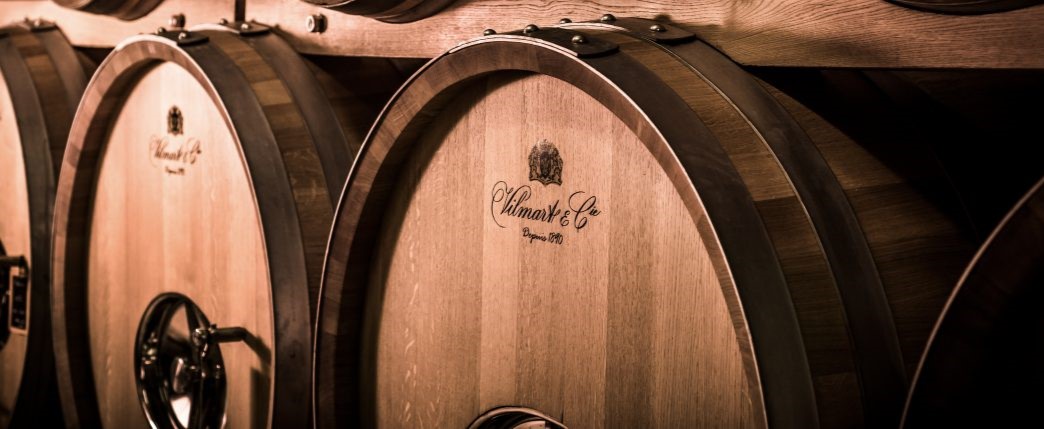|
| Vintage | Description | Cs Sz | Bt Sz | Cs | Bts | Cs ib | Cs inc | Bt inc | ||
|---|---|---|---|---|---|---|---|---|---|---|
| 2013 | Vilmart Blanc de Blancs | 6x | 75cl | 0 | 0 | Buy | ||||
| 2019 | Vilmart Grand Cellier d`Or | 6x | 75cl | 0 | 0 | Buy | ||||
| N.V. | Vilmart Grand Cellier | 6x | 75cl | 4 | 4 | £210.00 | £271.95 | £51.99 | Buy | |
| N.V. | Vilmart Grande Reserve | 6x | 75cl | 0 | 0 | Buy | ||||
| N.V. | Vilmart Cuvee Rubis Rose | 6x | 75cl | 2 | 4 | £255.00 | £325.95 | £61.99 | Buy | |
| 2016 | Vilmart Coeur de Cuvee | 6x | 75cl | 0 | 0 | Buy |
